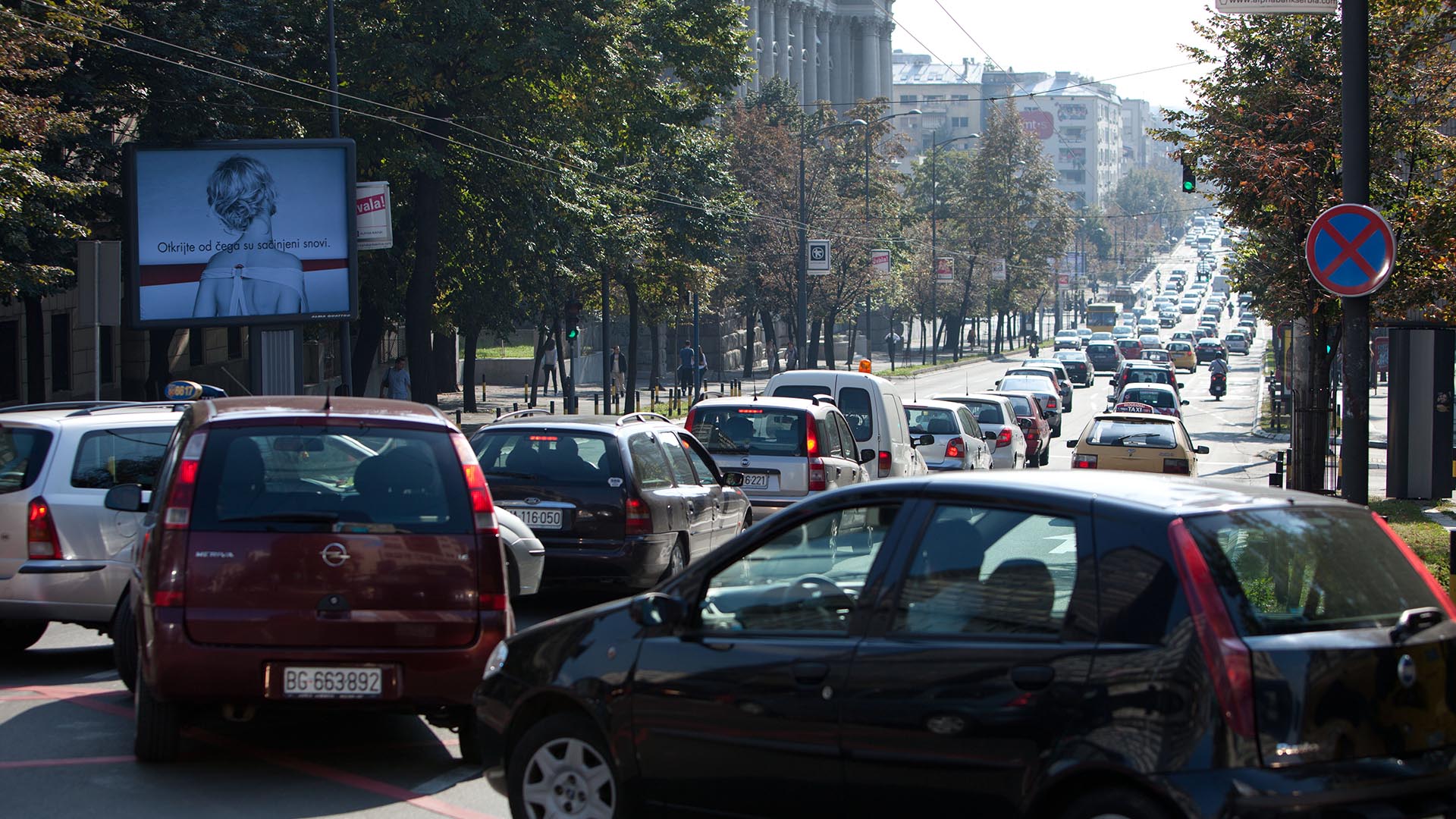CREATING EFFECTIVE OUTDOOR
-
Less is more.
-
The audience has a short time to read and absorb your message.
-
Your ad will be viewed from a distance.
-
Outdoor is an autonomous medium with its own principles of perception.
DESIGN TIPS FOR ALL TYPES OF OUTDOOR MEDIA
- Be concise. Focus on the primary goal of your communication. Establish your priorities and leave out anything less than critical.
- Keep it simple. Don’t crowd your ad. Go for uncomplicated visuals that can be interpreted quickly and/or from far away.
- Clearly identify your product/service. Make sure that what is being advertised (in the form of logo, product shot or other identifier) is a prominent element in your design.
- Make it short. Limit the number of words and design elements for fast comprehension.
- Make it stand out. Apply bold colors and high contrast.
- Make it visible. Use simple background image or pattern so that it doesn’t distract the eye from the more important information in the foreground.
- Make it legible. Choose adequate font, size of characters, line thickness and spacing between words, letters and lines.
- Balance the design element according to the display format you are creating for.
- Be bold. Convey dynamic or provocative messages. Use humor, tease-and-reveal campaigns and, when location and media type allow, reach for Innovate. Extensions, special printing and lighting effects, 3D, etc. can really help the impact and recall of your ad.
- Billboard ads are amongst the most quickly read and from the greatest distance. The simpler they are, the more effective they will be.
- Backlight ads stand out for their night effect. To make this night effect optimal, use slightly darker tones in your ad’s color image.
- Street Furniture ads allow for slightly more copy because they establish a more direct and extended contact with some viewers. Design still needs to be simple and the main message prominent enough to be visible by people passing by in cars, public transportation or on foot. Secondary information, if any, should be made visible for those waiting for transportation.
- Airport Interior ads allow more detailed information to be displayed because they are visible at a closer range and for a longer time period. Nevertheless, this is not a print ad, so the golden rule of simplicity applies here, as well.




